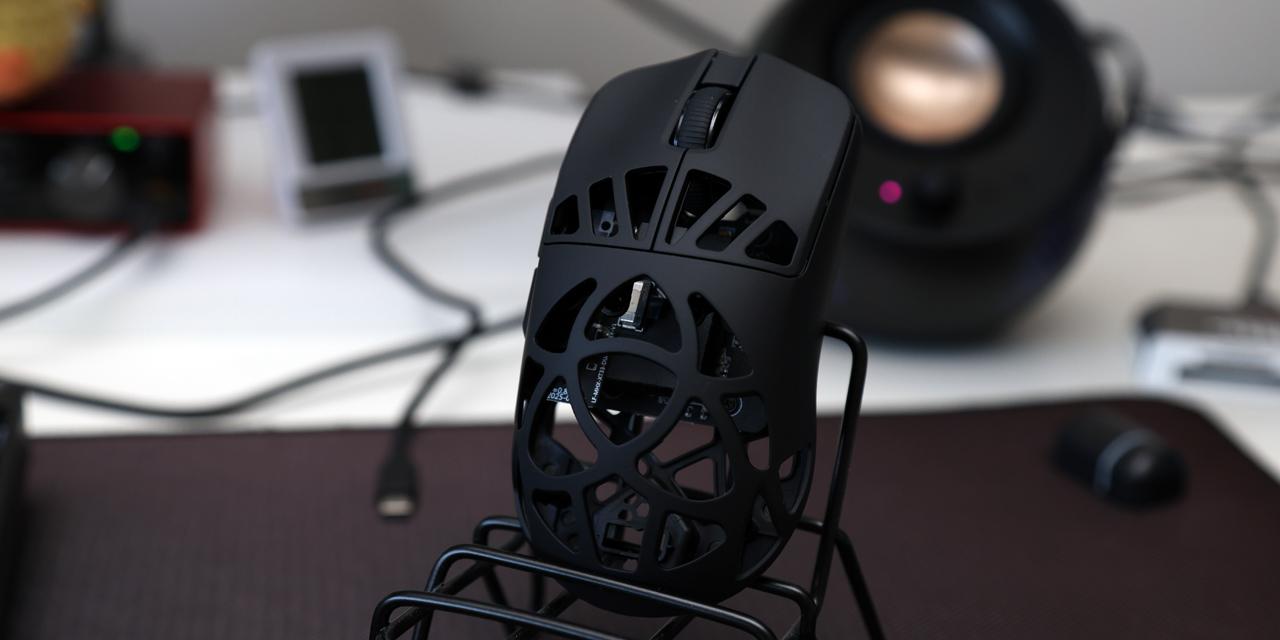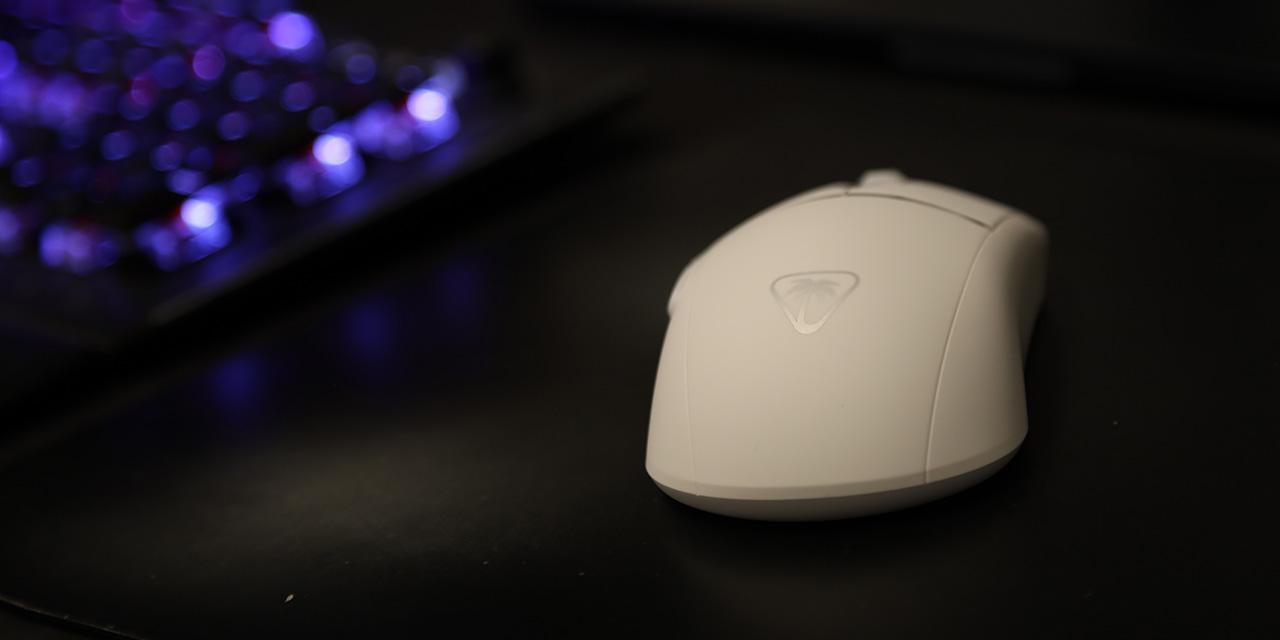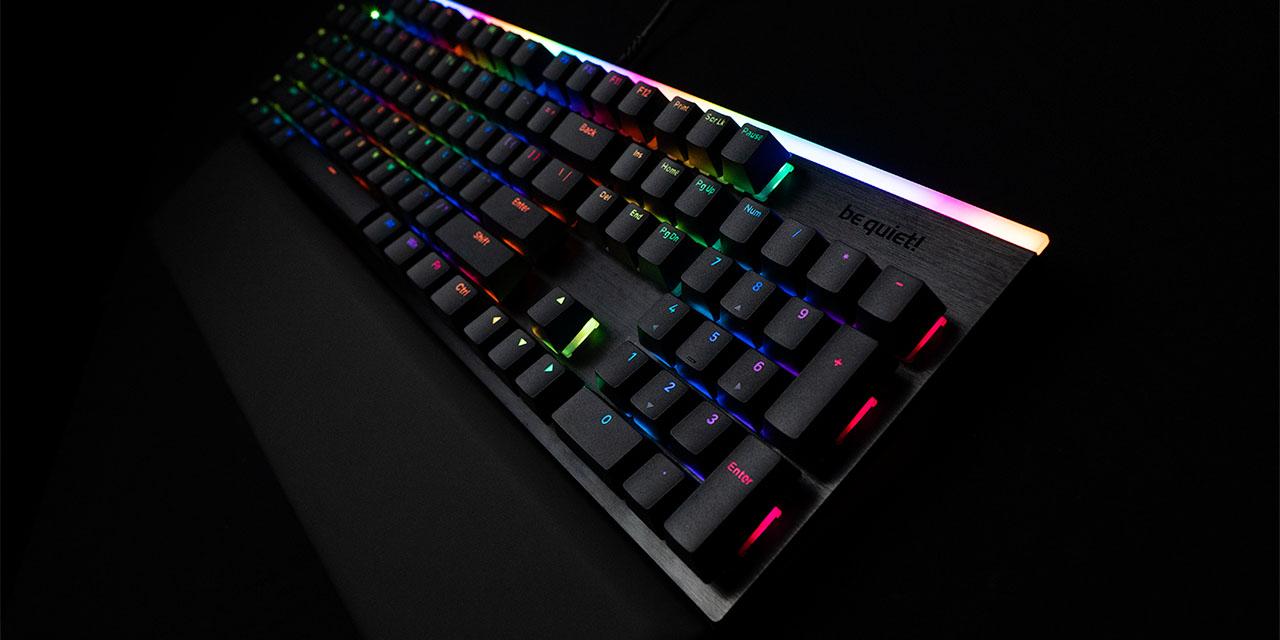From PC World: It’s finally happening! The year of the Linux… PC gaming handheld device. (Okay, that doesn’t quite roll off the tongue.) According to the latest Steam hardware survey, Linux has just over 3 percent of the market share of users who have Steam installed. It has almost certainly benefited from Valve’s own Steam Deck, which derives its handheld SteamOS operating system from a Linux base.
It’s not quite as one-sided as you might think. “SteamOS Holo” is the most popular flavor of Linux among Steam users, claiming 27.18 percent of the Linux slice. (That’s the latest version of the system on Steam Decks and exactly one other retail device at the time of writing, the Lenovo Legion Go S. Downloads are also available for the original ROG Ally.) That means about 1 in every 125 Steam users is accessing the service with a Steam Deck. It probably won’t surprise you that Bazzite, an open-source alternative to SteamOS that runs a lot of the same software plus more desktop tools, is among the closest runners-up.
But there’s a lot more in there. Popular distros like Arch and Mint have big chunks of that Linux slice—10.24 percent and a combined 9.21 percent, respectively. And almost 1 out of every 5 Linux users is chunked into the “other” category, using distros with too few users to chart. Long story short, only about a third of Linux Steam users are on a Steam Deck or an alternative that’s (probably) using something close to SteamOS, and (probably) primarily for gaming.
Overall, Linux gained 0.37 percent of Steam’s total users from September to October, which doesn’t seem too significant… until you spot that the combined versions of Windows lost 0.56 percent. Add a 0.2 percent gain by macOS and it looks like Windows is giving a small but noticeable portion of its users to alternatives—and crucially, Linux is gaining them faster than Mac is. It’s worth pointing out here that the majority of PC games now run on Linux, either natively or via a compatibility layer like Valve’s Proton.
View: Full Article





